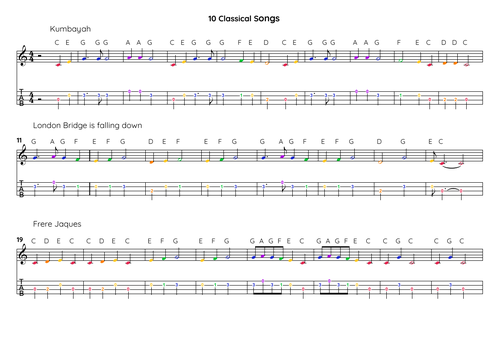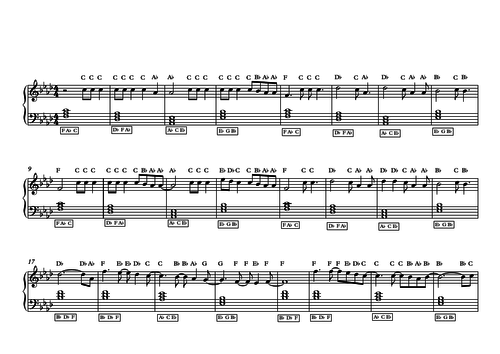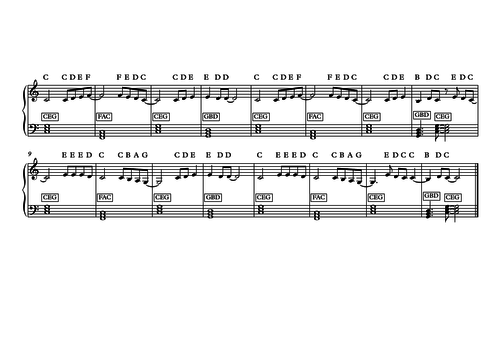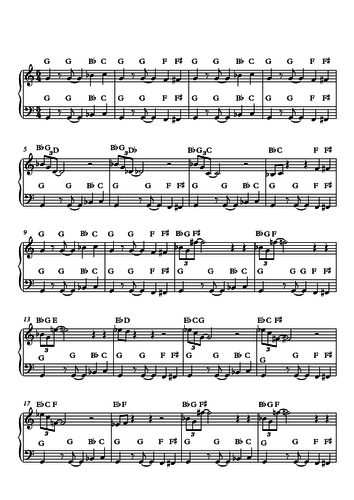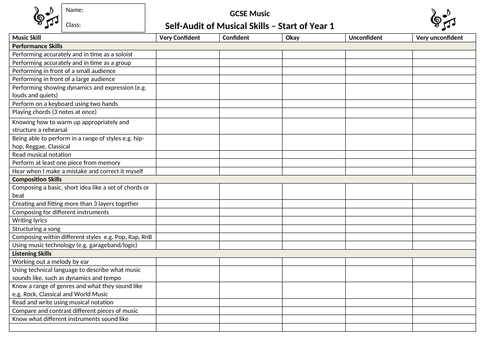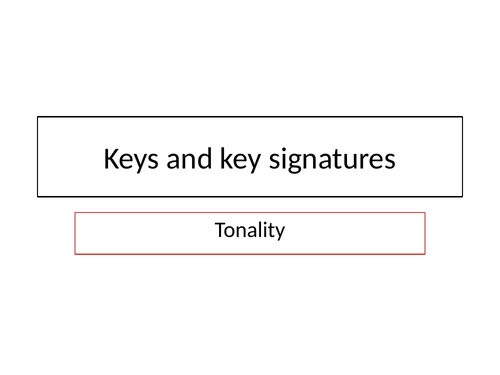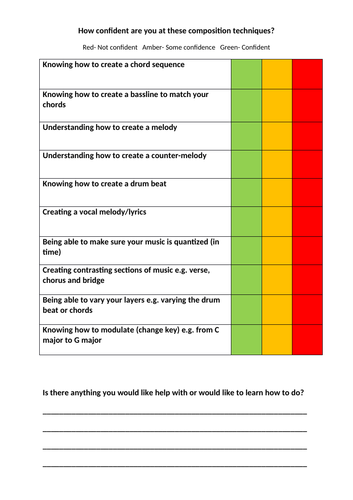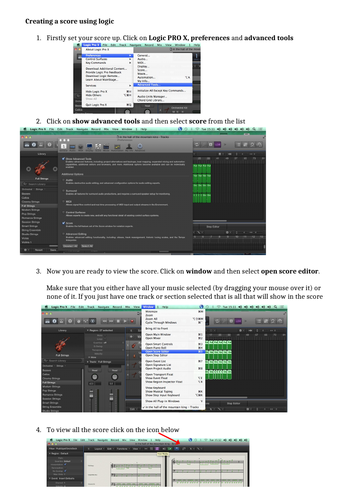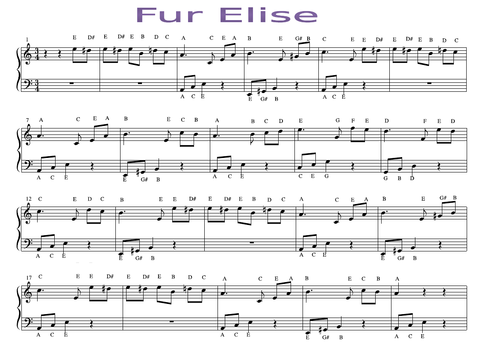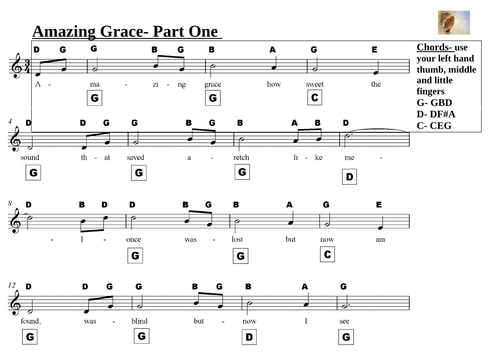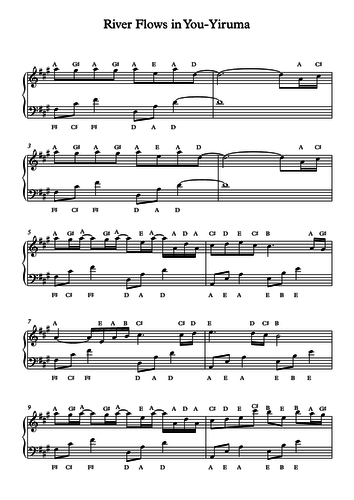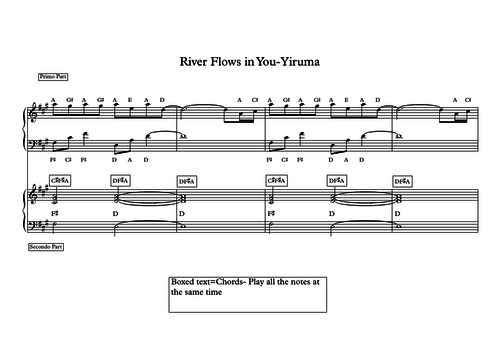Miss Carini's Shop
I'm a music teacher and head of department who has been working in London secondary schools for 15 years. I create all sorts of resources to help with the teaching of every day music- throughout KS3,4 and 5. All of the resources I have created have been used in my lessons and are refined and updated in order to make them suitable for everyone to use!


